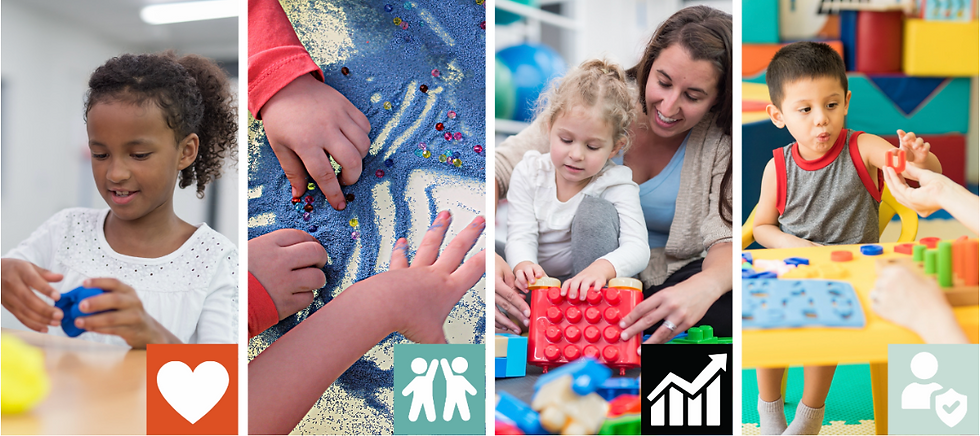Have you tried googling “ABA”, “What is ABA?”, or “Why ABA…?”. If not… I’ll pause and wait.

Ahhh.. so you may have seen a lot of conflicting information? Rightfully so! ABA (Applied Behavior Analysis) is based on the science of behavior, and has been around since the 1960’s (psst… not a lot of ethical standards were in place yet!) It only makes sense that there are conflicting viewpoints, differing thoughts, and a plethora of different experiences. So “Why ABA?” if you don’t really know what you’re going to get?
ABA therapy is founded on the science of behavior, specifically the understanding of underlying behavioral principles that govern the way we, as humans, behave in various contexts. Because of the tools science provides us, we can analyze behavior and then change things in the environment to create the most meaningful and impactful changes in a person’s life. For example, strategies such as rewarding yourself after reaching a goal or pairing house chores with your favorite music are examples of arranging pieces of our environment (e.g., adding positive things) to promote increased behaviors. Other changes to the environment can occur before specific behaviors to set us up for success, such as placing your phone on the opposite side of the room to require you to get up in the morning when your alarm goes off.
Just like we can use behavioral strategies to promote behavior changes in ourselves, a variety of behavioral techniques can be implemented in a therapeutic setting to teach new behaviors/skills to other people. Common behaviors taught in ABA therapy come in the form of communication, understanding spoken language, socialization and interactions with others, skills involved with independent daily living (e.g., toileting, bathing/grooming, preparing meals, etc.), and pre-academic/school-readiness skills (i.e., skills designed to set the individual up for success in a school setting).
So if ABA includes a specific set of techniques, how can it truly be individualized? At Mindcolor, individualizing treatment means we really get to know the child and family in order to best analyze the skills (i.e., behaviors) that will help the child learn and thrive in their environment. This involves developing goals to help them get there, analyzing any behavior(s) that might be impeding progress, and including others in the planning (e.g., school teachers, other professionals, extended family members). It’s important that the skills being taught in therapy are functional and impactful outside of therapy sessions. For example, teaching a child to label ocean animals who doesn’t live near an ocean and is even afraid of water would not be considered a very impactful/meaningful skill; but on the contrary, a child who loves visiting the zoo, learning to label ocean animals could be very meaningful and could open the door to new interactions and social language with family members on a zoo trip!
Mindcolor’s mission is to positively impact the lives of children with autism. If we set out to achieve our mission, this means that we have to work to build a positive relationship with the child and family. No number of therapy hours will be as productive as the several hours of therapy with a child who is able to enjoy their environment (typically through play or other forms of leisure) while learning at the same time! Through the use of assessments, observations, and focusing on the child’s likes, we can set out to create a welcoming and productive therapeutic environment.
At Mindcolor, we strive to provide the highest quality ABA services to our clients! We do this by building a strong team of clinicians, providing various levels of support for each team member, and ensuring the team supervisor has the time in their schedule to truly know the family and child! The successes and achievements make us keep going each day as we love to celebrate the accomplishments alongside the child, family, and team! We recognize we are only a portion of a child's journey, and as hard as it is to say good-bye, we rejoice when the child and family don’t need us anymore!
If you are curious about the types of services available in your area, please visit our website at www.mindcolorautism.com/our-locations.
Director of Clinical Quality, Mindcolor Autism
Commentaires